Management of Droughts, Famines, Deserts and Desertification
Synopsis
A drought is an extended period of months or years when a region notes a deficiency in its water supply. Generally, this occurs when a region receives consistently below average precipitation. It can have a substantial impact on the ecosystem and agriculture of the affected region. Although droughts can persist for several years, even a short, intense drought can cause significant damage and harm the local economy.
This global phenomenon has a widespread impact on agriculture. The United Nations estimates that an area of fertile soil the size of Ukraine is lost every year because of drought, deforestation and climate instability. Lengthy periods of drought have long been a key trigger for mass migration and played a key role in a number of ongoing migrations and other humanitarian crises in the Horn of Africa and the Sahel.
Drought is a normal, recurring feature of the climate in most parts of the world. It is among the earliest documented climatic events, present in the Epic of Gilgamesh and tied to the biblical story of Joseph’s arrival in and the later Exodus from Ancient Egypt. Hunter-gatherer migrations in 9,500BC Chile have been linked to the phenomenon, as has the exodus of early man out of Africa and into the rest of the world around 135,000 years ago. Modern peoples can effectively mitigate much of the impact of drought through irrigation and crop rotation. Failure to develop adequate drought mitigation strategies carries a grave human cost in the modern era, exacer-bated by ever-increasing population densities. Recurring droughts leading desertification in the Horn of Africa have created grave ecological catastrophes, prompting massive food shortages, still recurring.
This book will be of immense help to all those contemplating to acquire an expert knowledge of droughts, famine, deserts and desertification.
Read more
This global phenomenon has a widespread impact on agriculture. The United Nations estimates that an area of fertile soil the size of Ukraine is lost every year because of drought, deforestation and climate instability. Lengthy periods of drought have long been a key trigger for mass migration and played a key role in a number of ongoing migrations and other humanitarian crises in the Horn of Africa and the Sahel.
Drought is a normal, recurring feature of the climate in most parts of the world. It is among the earliest documented climatic events, present in the Epic of Gilgamesh and tied to the biblical story of Joseph’s arrival in and the later Exodus from Ancient Egypt. Hunter-gatherer migrations in 9,500BC Chile have been linked to the phenomenon, as has the exodus of early man out of Africa and into the rest of the world around 135,000 years ago. Modern peoples can effectively mitigate much of the impact of drought through irrigation and crop rotation. Failure to develop adequate drought mitigation strategies carries a grave human cost in the modern era, exacer-bated by ever-increasing population densities. Recurring droughts leading desertification in the Horn of Africa have created grave ecological catastrophes, prompting massive food shortages, still recurring.
This book will be of immense help to all those contemplating to acquire an expert knowledge of droughts, famine, deserts and desertification.
53.10
47.79
$
59.00 $
Free delivery Wolrdwidе in 10-18 days
Ships in 1-2 days from New Delhi
Membership for 1 Year $35.00
Get it now and save 10%
Get it now and save 10%
BECOME A MEMBER
Books by the same authors

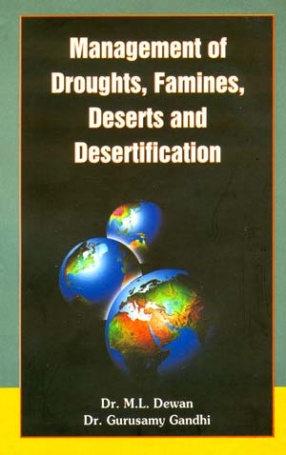
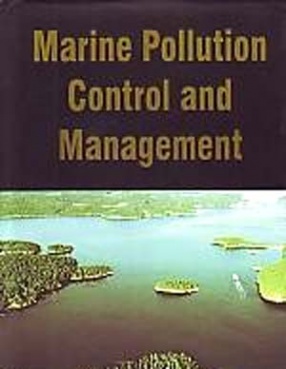
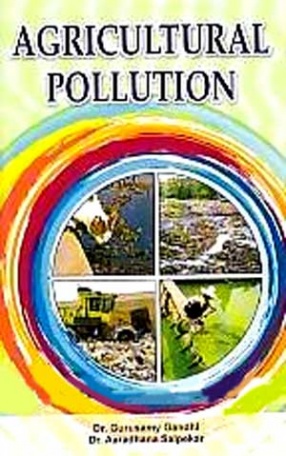
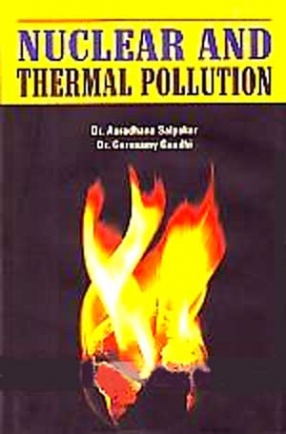
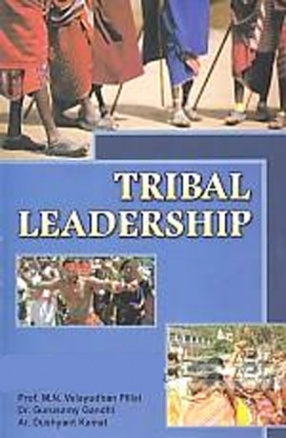

Bibliographic information
Gurusamy Gandhi